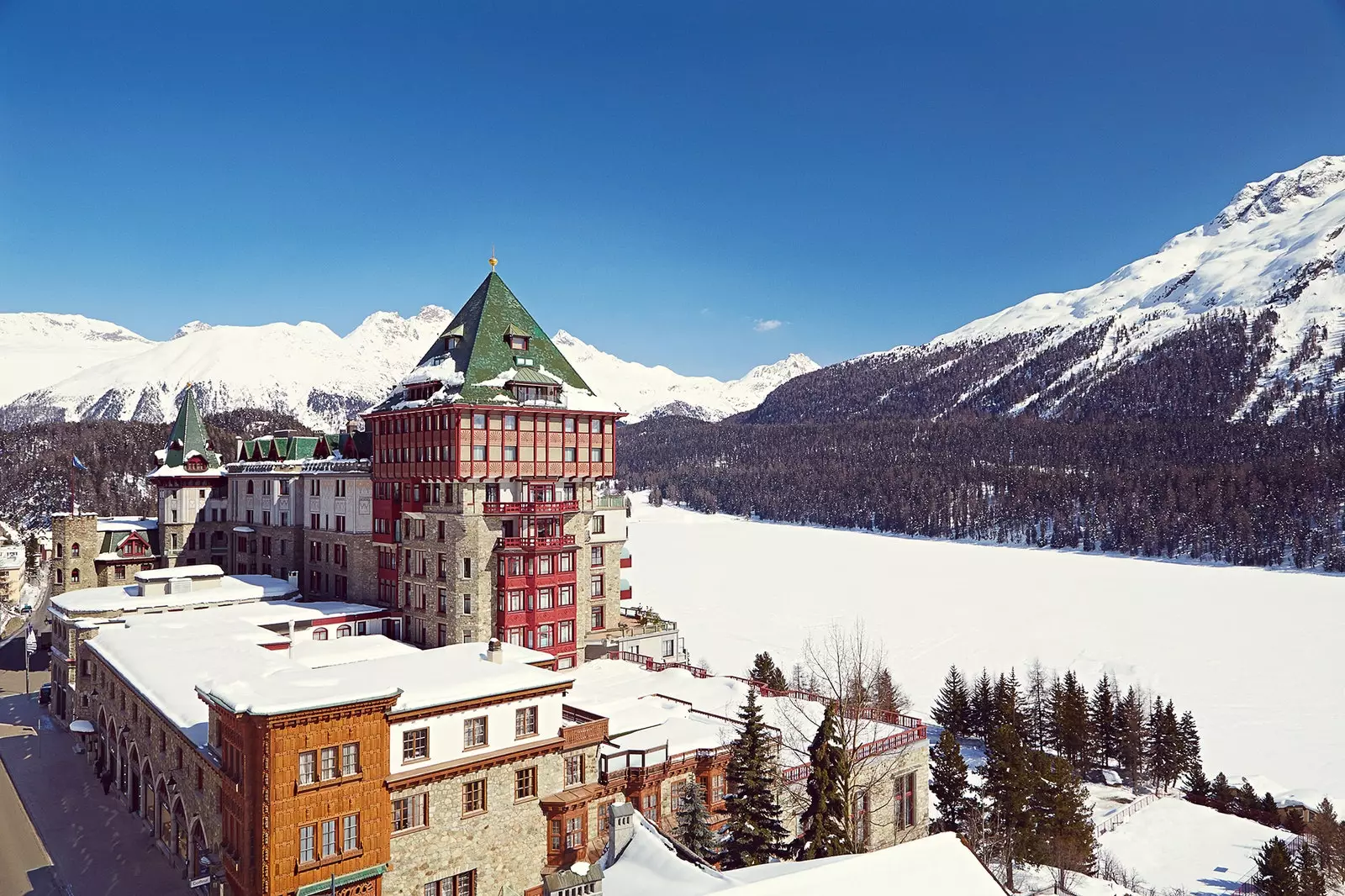
St Moritz, a paradise for skiing, luxury... and also art
St Moritz it is more than a ski resort. Because things have changed a lot there since mid 19th century the clever hotelier Johannes Badrutt opened a small hostel in a charming enclave east of the **Swiss Alps, in the Engadine valley**.
This small hostel grew until it became a luxury hotel that each summer attracted bourgeois from all over Europe. And, according to legend, on a particularly sunny day in July (or perhaps August) Badrutt launched before some British clients the ordeal of inviting them to return in winter under the promise that they would enjoy the same radiant weather . By winning this bet, Badrutt would not only have invented the winter tourism -properly seasoned with giddy skiing, hot chocolate and crackling fireplaces - but his own St Moritz as we know it today.
Two Winter Olympic Games have been held in St Moritz. And they have also been two James Bond movies to which it has served as a stage, the spy who loved me (1977) and scenery to kill (1985), both with Roger Moore.
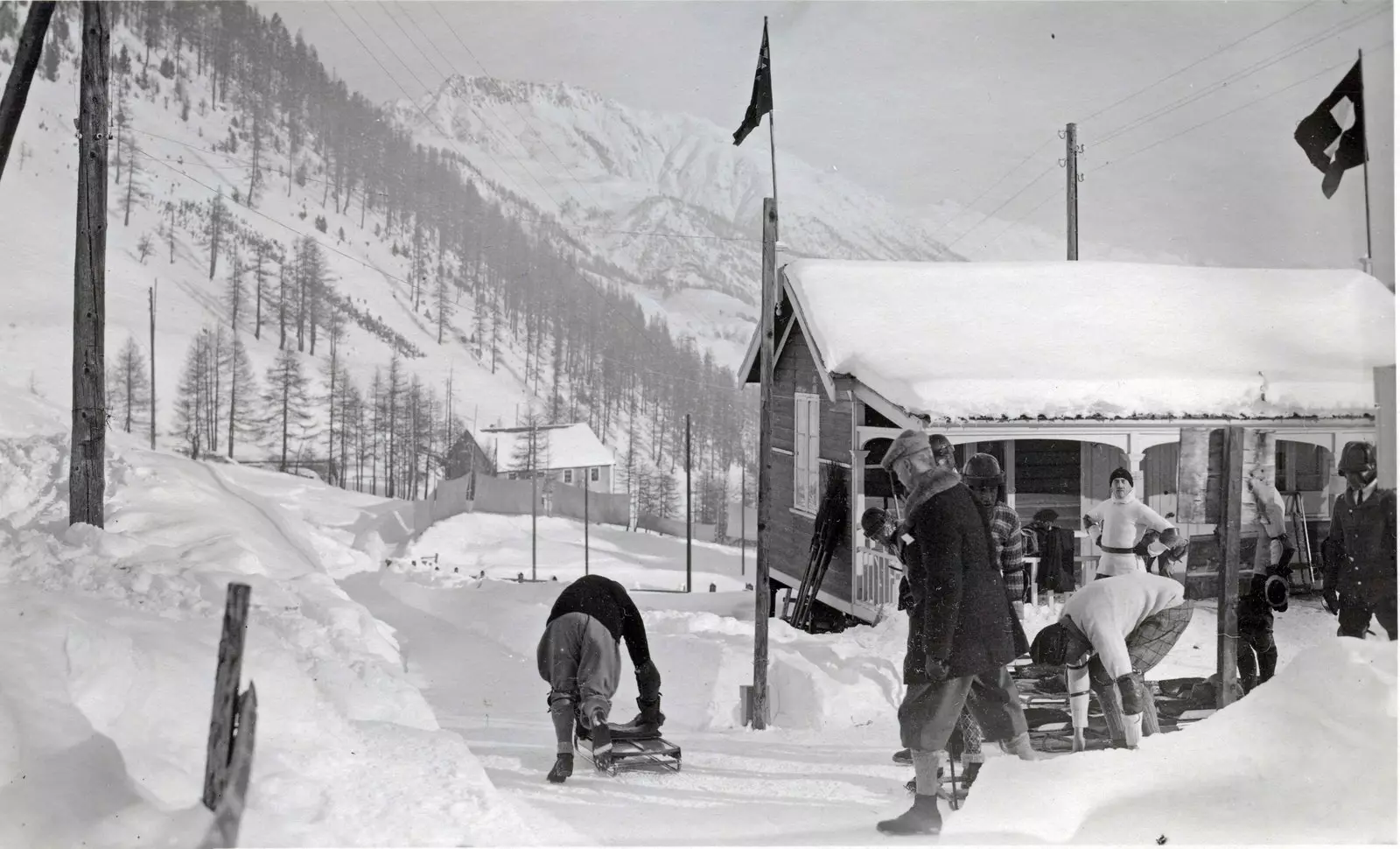
Johannes Badrutt 'invented' winter tourism in St. Moritz
But above all it is there (as in Gstaad, Zermatt and Klosters/Davos) where each season millionaires of all generations that have come along for a century and a half enjoy their ski days, which includes entire royal families and celebrities like Claudia Schiffer and Robert de Niro . EITHER Alfred Hitchcock who discovered the site in 1924 during the filming of a film to return two years later with his wife Alma Reville on the occasion of their honeymoon.
There is a lot of skiing in St. Moritz, of course. But in the long hours of après ski you also have to give them content, so in addition to Oriental luxury hotels and Michelin-starred restaurants there are other alternatives for leisure and consumption.
It is, for example, the art. Hauser & Wirth , one of the world's most powerful galleries (we are about to lose count of the locations it has, and which include Zurich, London, New York, Los Angeles or Hong Kong), opened a location in St. Moritz at the end of 2018, to which it has later added another in Gstaad, on the western edge of the Swiss Confederation. yes
us owners, Ursula Hauser and her daughter and her son-in-law Manuela and Iwan Wirth , they are clear about the maxim that any product for sale must always be at the hand of its potential owners , and therefore at all times its artists are wherever the collector is.
Its next opening will take place on the island of Menorca: it was initially planned for this summer, although it will surely be delayed a few months.
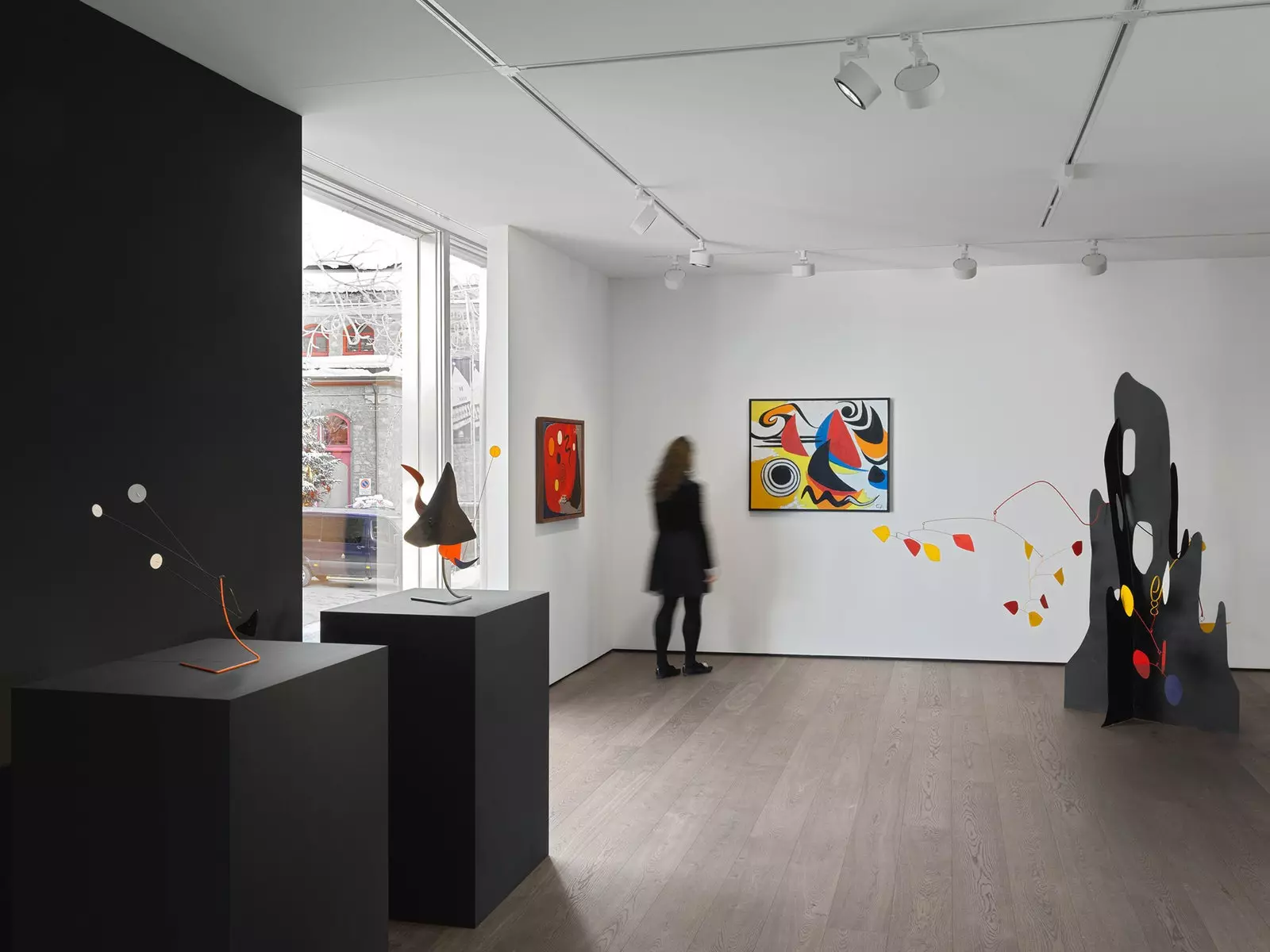
St Moritz, a paradise for skiing, luxury... and also art
But, until that comes, we will always have St. Moritz. Over there, until February 9 , the headquarters of Hauser & Wirth has displayed an amazing exhibition of the North American artist **Alexander Calder (1898-1976)**, known above all for his mobile landmarks.
“The next step in sculpture is movement”, famously said cauldron before moving from words to deeds. This engineer by training, but vocational artist by DNA (his father and his grandfather were sculptors and his mother his painter) he began in 1931 to produce these sculptures in perpetual movement generated by the precarious balance of its components. There are several of them in St. Moritz, either in a ground-supported version (such as 'Franji Pani', from 1955 ) or suspended from the ceiling ( 'Untitled', from c. 1942 ) .
There is a work created in the last year of the artist's life ( 'White Ordinary', 1976 ) . There are also “stable” pieces (a term coined by the also sculptor Hans Arp to refer to works without movement), oil paints and gouaches.
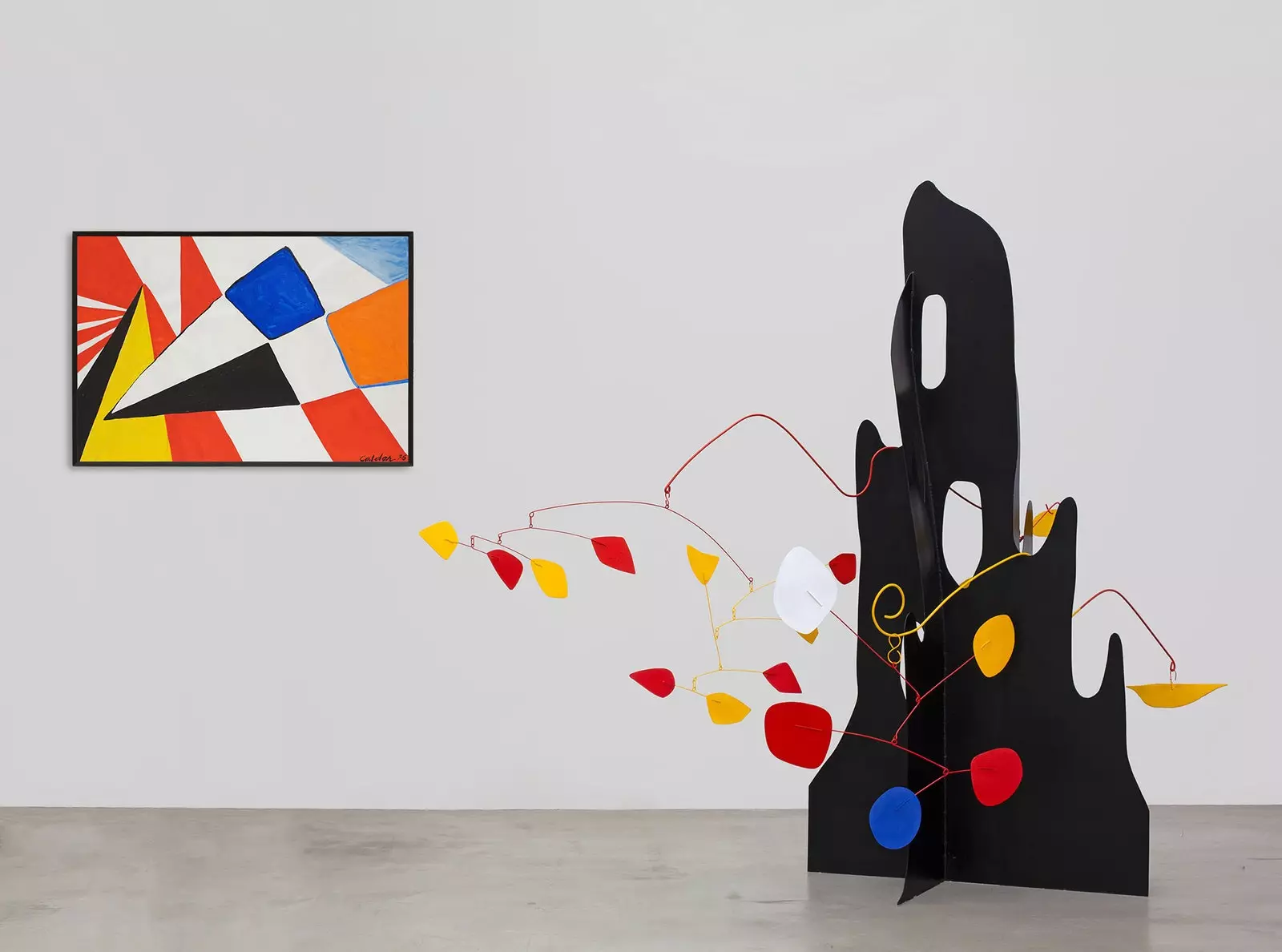
Alexander Calder 1974 and 1975
For having, there is even a sculpture ( 'Sun and Mountains', from c. 1965 ) that could be said to have been specifically commissioned for alpine localization, since it seems evoke a sunset over the landscape of a rugged mountain range . Against this background, everything points to guaranteed sales success.
By the way, this is not the only exhibition that Hauser & Wirth organizes this winter in the Swiss Alps. On January 22, another one dedicated to the American conceptual creator closes Jenny Holzer at its center in Gstaad, where On February 1, the relief will be taken by a sample of ceramics by Picasso and photos of the artist in his studio taken by the photojournalist David Douglas Duncan.
Thanks to the most international Swiss gallery owners, skiing has become a cultural activity like any other. Artistic slalom, we could call it.
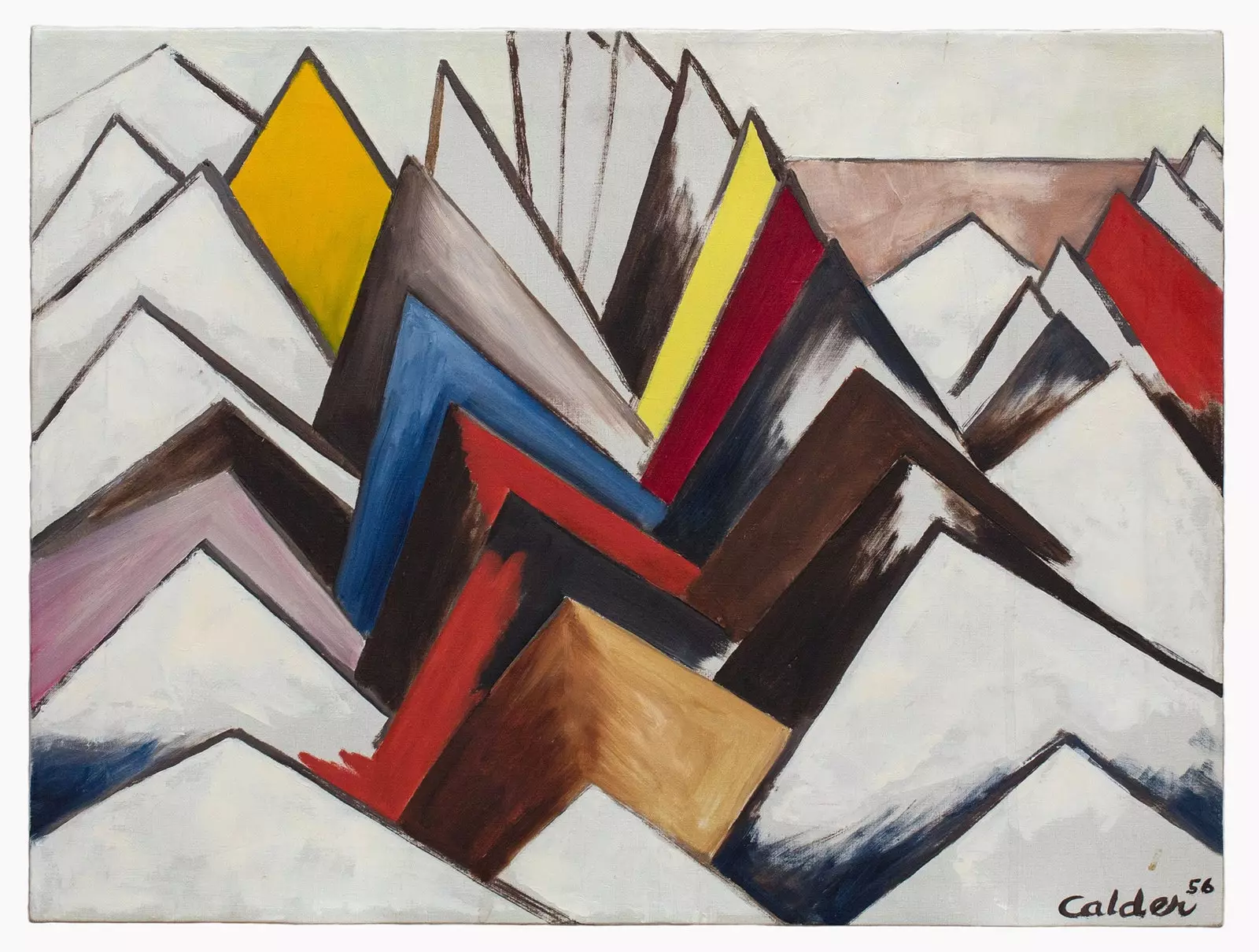
Alexander Calder, 'Mountains' (1956). Oil on canvas 45.7 x 61 cm / 18 x 24 in
